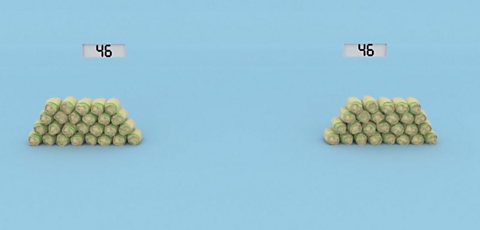What are the two types of variation?
Continuous variation
This is a gradual change in a characteristic across a population, it could be human height, mass or shoe size.
Continuous variation is represented as a histogram (no gaps between bars).
A histogram should show normal distribution, with most individuals around the average value and a few at the extremes.
Discontinuous variation
A characteristic of any species with only a limited number of possible values shows discontinuous variation. For example:
gender - male or female
blood group - A, B, AB or O
tongue rolling – can or can’t roll your tongue
hand dominance – left, right or both
There are no values in between (intermediate values), so this shows discontinuous variation.
Discontinuous variation is represented as a bar chart.
What are some of the causes of variation?
Genetic variation:
Caused by changes to chromosomesGenetic structures that usually occur in functional pairs in the nucleus of cells (except in gametes and bacteria). or geneThe basic unit of genetic material inherited from our parents. A gene is a section of DNA which controls part of a cell's chemistry - particularly protein production. (DNA).
mutationA random and spontaneous change in the structure of a gene, chromosome or number of chromosomes. are random changes in:
- number of chromosomesGenetic structures that usually occur in functional pairs in the nucleus of cells (except in gametes and bacteria). (eg Down's syndrome)
- gene structure (eg cystic fibrosis)
Sexual reproduction:
- independent assortment during meiosis creates genetically different gameteSex cell (sperm in males and ova/eggs in females)..
- random fusion of gametes leads to different phenotypes in a population.
Environmental basis:
- an individual’s environment can also cause variation.
- for example, human height is genetically determined but affected by diet and health.
Natural selection
Living organisms are adapted to their environments in order to survive.
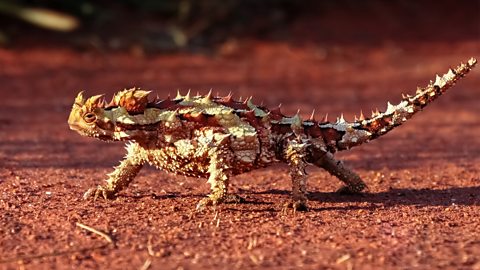
Image caption, Thorny devil
The thorny devil is a lizard native to the Australian Outback. In between its scales are microscopic channels that catch and carry water. By opening and closing their mouth, they drink through their scales like sipping through a series of straws.
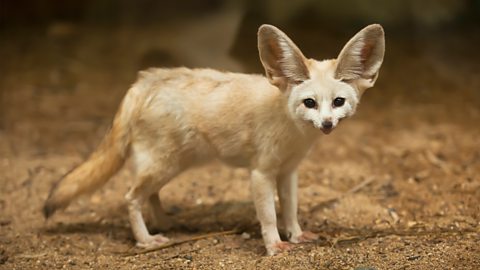
Image caption, Fennec fox
A fox in the desert? You better believe it. The fennec fox has huge, bat-like ears to pinpoint their prey, even when buried under the shifting sands. Their ears are also lined with blood vessels which help regulate and cool the fennec’s body temperature in the hot Sahara sun.

Image caption, Cuttlefish
The master of disguise. The cuttlefish can change the colour and texture of their skin, disguising themselves as clumps of floating seaweed as they stalk their prey or hide from predators.
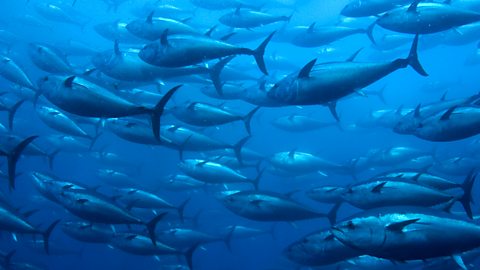
Image caption, Bluefin tuna
No doubt you've eaten one at some point, but did you know that the Atlantic Bluefin Tuna has an internal heating sytem? A special blood vessel structure allows them to maintain a body temperature that is higher than the cold surrounding water.
1 of 4
Competition makes these adaptations for survival very important. Only the best adapted will survive.
The theory of natural selection
There is variation among the phenotypeThe visible characteristics of an organism which occur as a result of its genes. of individuals in a population.
Organisms compete for resources (for food, mates, habitat etc).
The best-adapted individuals survive, and the less well-adapted individuals do not survive – this is differential survival.
The surviving organism with advantageous phenotypes reproduce.
They pass on their beneficial genes to the next generation.
Natural selection: antibiotic resistance
There is variation within bacterial phenotypeThe visible characteristics of an organism which occur as a result of its genes.. Some are resistant to antibioticsSubstances that control the spread of bacteria in the body by killing them or stopping them reproducing. and some are not.
Treating bacteria with antibiotics provides competition.
The resistant individuals survive and the non-resistant individuals do not survive – this is differential survival.
The resistant bacteria are able to reproduce.
The resistant bacteria pass on the resistance gene to the next generation.
Number of resistant bacteria increase and non-resistant bacteria decrease.
The gene for antibiotic resistance is usually caused by a beneficial mutationA random and spontaneous change in the structure of a gene, chromosome or number of chromosomes. in the bacterial cells.
Evolution
Charles Darwin used the theory of natural selection to explain the process of evolution.
Evolution is a continuing process of natural selection that leads to the gradual change of an organism over time.
It may result in the formation of a new speciesA type of organism that is the basic unit of classification. Individuals of different species are not able to interbreed successfully..
Fossil evidence
Fossils are the remains of living organisms that have been preserved in rock for millions of years.

They provide evidence for evolution by showing how an organism looked millions of years ago and how it has changed over time.
Extinction
speciesA type of organism that is the basic unit of classification. Individuals of different species are not able to interbreed successfully. are extinct if there are no living individuals left.
Extinction happens if a species fails to adapt to changes in its environment.
Fossils have provided us with information on some extinct species.
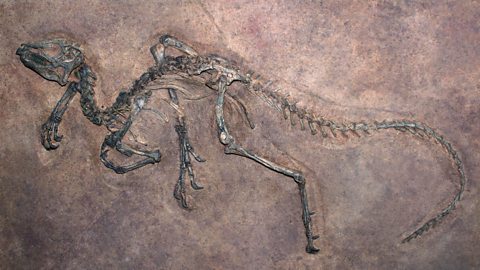
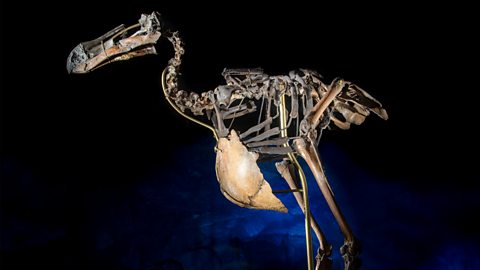
Species that are at risk of becoming extinct are known as endangered.
A species can become extinct for many reasons, including:
hunted by humans
disease
loss of habitat (eg deforestation)
Extinction can be avoided by:
laws preventing the hunting of endangered species
special programmes such as creating nature reserves to protect habitats
education that encourages people to do their part in protecting the environment
Selective breeding
Natural selection can be manipulated by selecting desirable characteristics in crop plants or domesticated animals that are of use to humans.
This is known as selective breeding or artificial selection.
Humans select individual plants or animals with desirable characteristics (such as increased crop yield, disease resistance and longer shelf life). These are then bred to produce offspring.
Repeated selection and breeding over many generations results in all offspring containing the desirable characteristic.
Wheat has been bred over many years to produce the following desirable characteristics:
- a shorter stalk length less likely to suffer wind damage
- a uniform size that’s easier to harvest
- a larger yield
Quiz time!
Watch: How animals have adapted
More on Genetics
Find out more by working through a topic
- count1 of 6
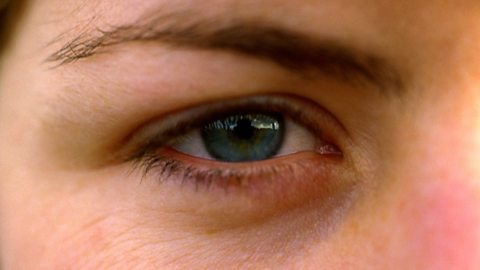
- count2 of 6
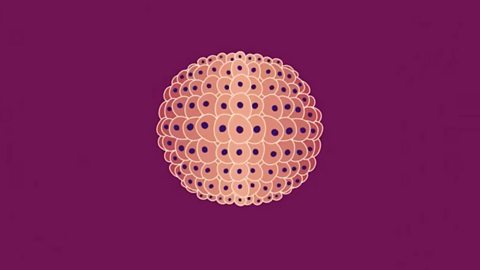
- count3 of 6
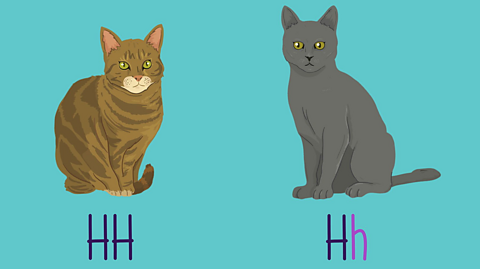
- count4 of 6
